A Column By Daniel Quin – Runner’s Tribe
The physiological benefits of altitude training are well documented and these have contributed to altitude tents being used at sea level. But what are some of the psychological benefits of altitude camps that we can transfer back to our home at, for most Australians, sea level?
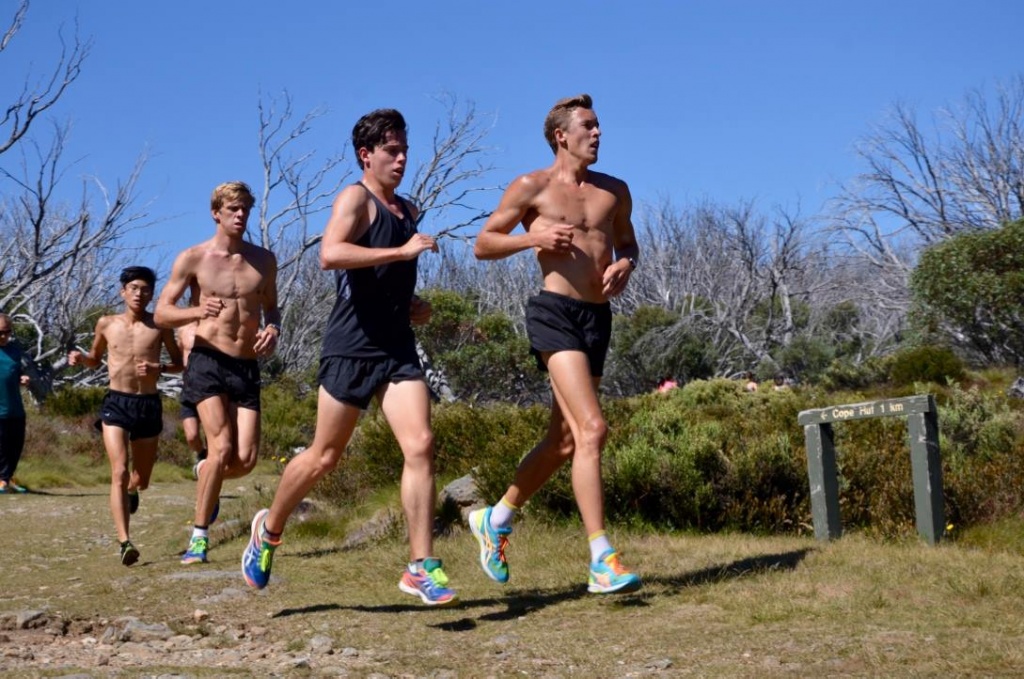
First and most obviously is the group effect. Anybody who has been to Falls Creek, Australia knows that a big part of the training is running with others. The group effect was first studied way back in 1897. The social psychologist demonstrated that cyclists race faster when in the presence of others. But, he also noted that in some tasks people performed worse when grouped with others. This is called social facilitation.
So what? Well, in a relatively simple task, like running, having others around can arouse us and push us to better performances. This is perfect for an interval session or long run. The obvious implication for athletes is to train with others back at sea level.
Luckily, most of the time, running is pretty straight–forward. But it gets more complicated when it comes to racing. Social facilitation can raise experienced athletes to better performances. However, for a beginner at their first major competition, the build-up, call-room, crowd, etc. can make the task of running more complex. Social facilitation can lower performance. There are two implications from this. One, athletes should seek to build experience and familiarisation with races, routines and crowds. Two, keep it simple. This includes both the pre-race build-up and tactics during the race.
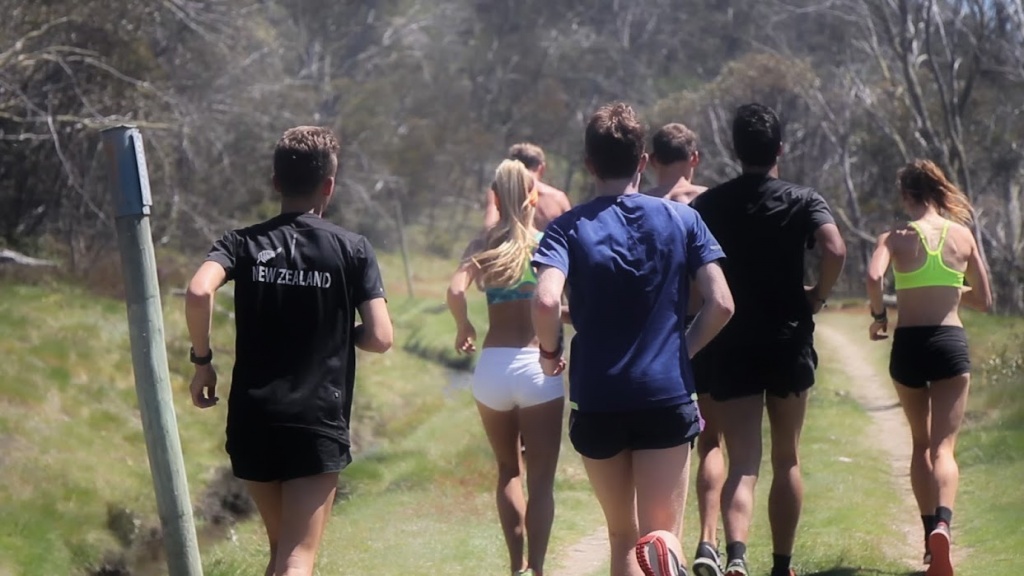
Before moving on from social facilitation. I want to point out another group effect – social loafing. Another psychologist identified that some people, within a group, can hide within the group and not push themselves to their full abilities. My experience with runners it that this isn’t common. But particularly for the faster runners in a group it is important to constantly push to their own limits, not the limits of others in the group.
Additionally, it is necessary to develop a collective group effort. Put simply, all athletes in a group should be striving for better training. An athlete that is negative about an injury, the weather, etc. can drag the group down. All athletes in a group need to recognise that training is a group effort. This applies in daily training and in training camps.
Along with the group effect of training at Falls Creek I suspect another unplanned benefit is what has been termed the “Investment Model”. The Investment Model proposes that when an athlete commits large amounts of time, money, and emotion into their sport they will continue persevering with their sport in the long-term.
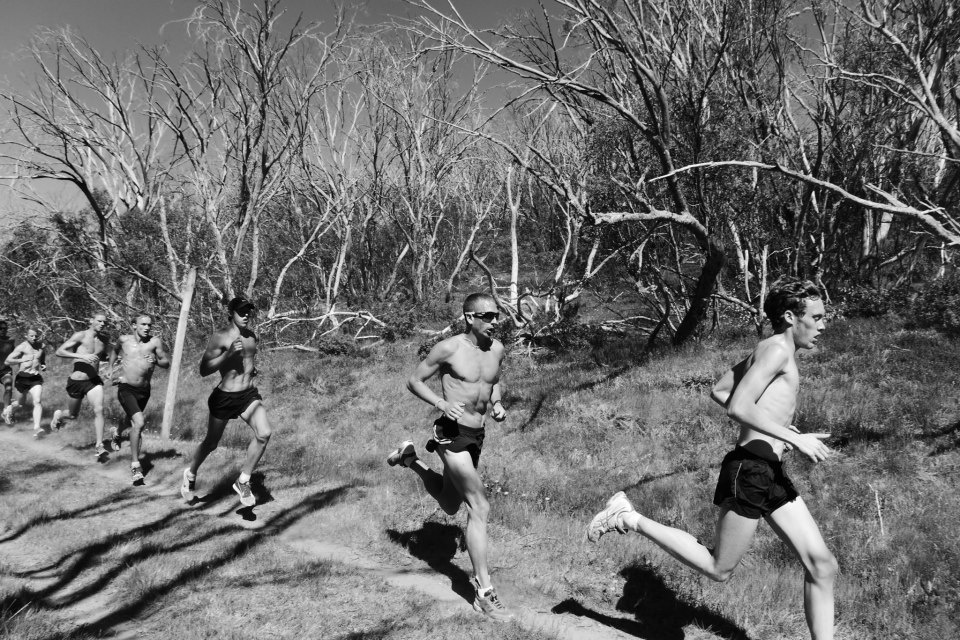
This type of psychological theory can be pretty daunting. Put in more time and effort and you may feel trapped! I prefer a more positive interpretation. I think that when you create a medium-term training or process goal (as opposed to a race or performance goal) you are more likely to think of yourself as a serious athlete and therefore start being more dedicated in your commitment to training. This means prioritising sleeping, eating, core strength and all of those one-percenters.
Not everyone can commit to a month-long training camp in Flagstaff, Falls Creek, or St. Moritz so how can we apply the investment principle? Set medium and long-term process goals that you look forward to. For example, book a weekend away to trails in the bush or on the coast; commit to and write in your diary a session or long-run with an elite or personally important training partner; book and pay for a massage in two weeks time.
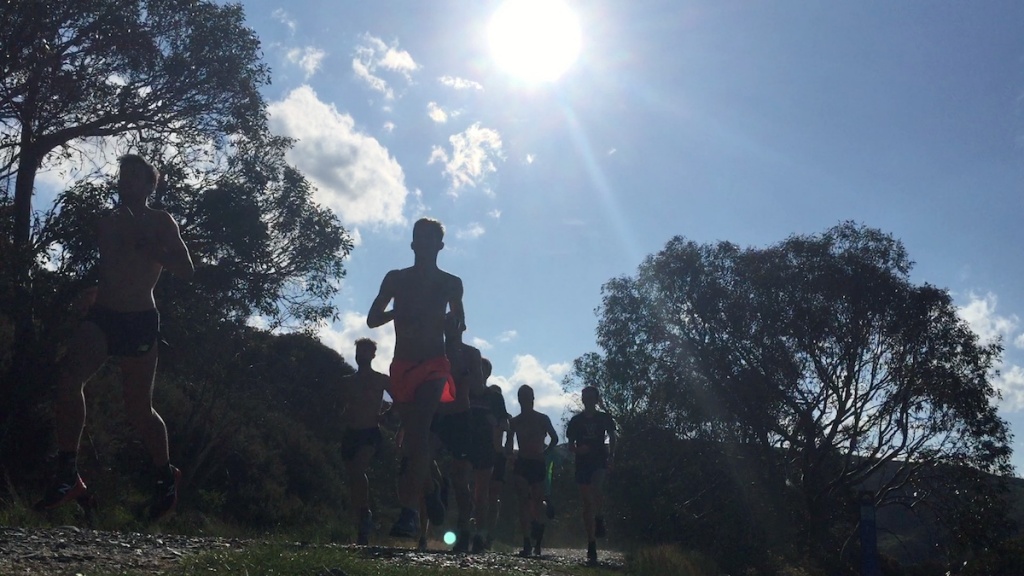
My personal favourite was the commitment I read Mo Farah made. He realised after a training camp in Kenya that he needed to simply eat, sleep, and train. He committed to this full-time and is now a dual gold-medallist. Most of us can’t commit to this full-time but we can block out one or two weeks to do this occasionally, around work, or family commitments. But we have to invest and commit!
So in summary, invest in your training and preferably invest with a group with other positively motivated athletes.
END
About the Author: RT’s latest columnist, Daniel Quin has run numerous Zatopeks, National XC’s, has raced in a Chiba Ekiden, and won a state 5000m and 15km title. In “retirement” he did a marathon. It hurt! He still runs a fair bit. Professionally Quin is a teacher and psychologist, and researching student engagement- Click Here to Learn more. But the best bit for Quin is being a Dad.



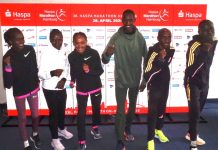



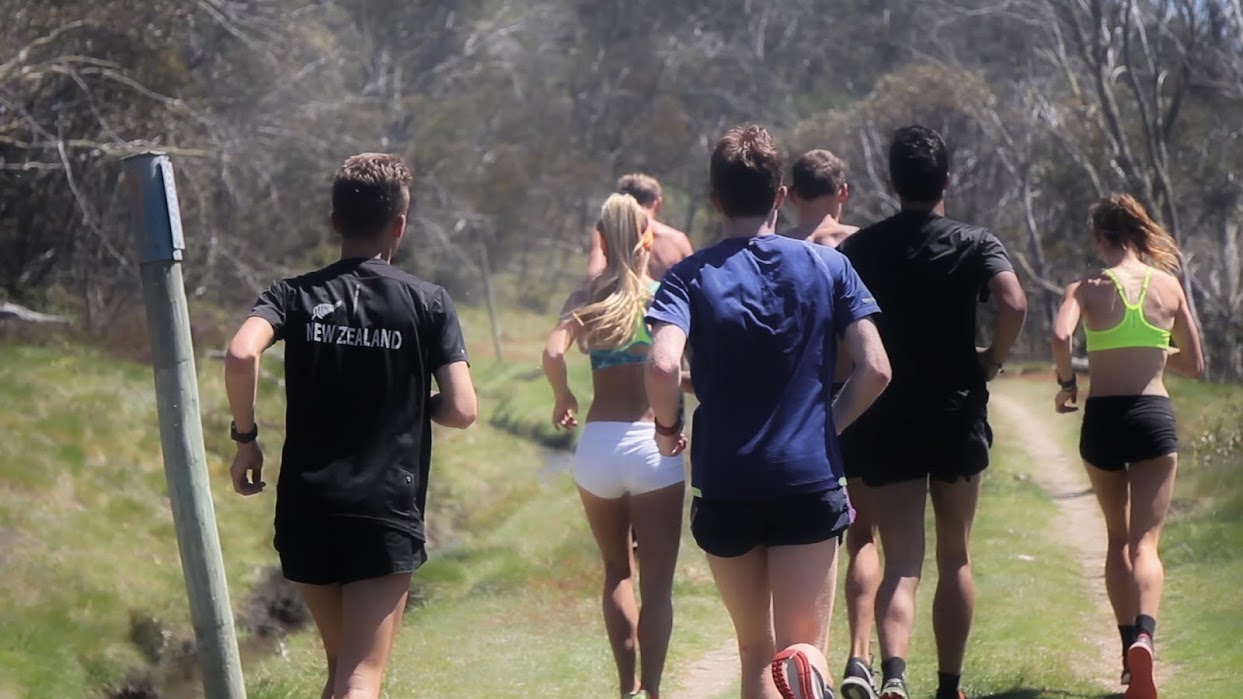
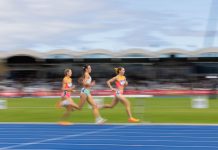





















Percy cerutty send myself and John Keenan to train up there in the mid sixtees and also to cross the high plains not the tracks that are there now to train on very difficult because of the rough terrain Ray walters